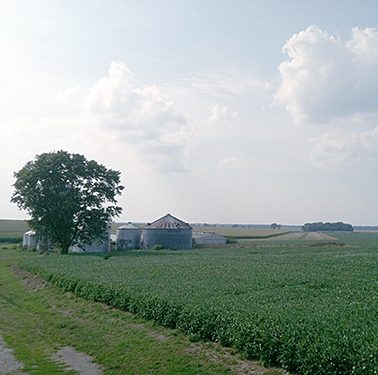Forecasting developments in production agriculture

On behalf of a private U.S. agricultural technology provider, WPI’s team generated an econometric model to forecast the movement of concentrated corn production north and west from the traditional U.S. Corn Belt. WPI’s model has subsequently provided quantitative support to a multi-million-dollar investment into short-season corn variety development. WPI’s methodology included a series of interviews with regional grain elevators and seed consultants. Emphasizing outreach and communication with stakeholders who possess intimate sectoral knowledge – on-the-ground insights – is a regular component of WPI’s methodologies, made possible by WPI’s ever-growing network of industry contacts.
 Bullish sentiments have been driving the CBOT higher since last week’s U.S.-China trade talks, but bears finally made an appearance on Tuesday. The CBOT saw the entire soy complex pullback as China has not confirmed anything about what the Trump administration claims was agreed to in Sout...
Bullish sentiments have been driving the CBOT higher since last week’s U.S.-China trade talks, but bears finally made an appearance on Tuesday. The CBOT saw the entire soy complex pullback as China has not confirmed anything about what the Trump administration claims was agreed to in Sout...
 The Supreme Court will hear the case on President Trump’s tariffs tomorrow, and leading into the court session the White House is exuding confidence that the Court will uphold the President’s tariff powers under the 1977 International Economic Emergency Powers Act (IEEPA). However,...
The Supreme Court will hear the case on President Trump’s tariffs tomorrow, and leading into the court session the White House is exuding confidence that the Court will uphold the President’s tariff powers under the 1977 International Economic Emergency Powers Act (IEEPA). However,...
 Inspiring Change U.S. President Donald Trump’s assault on NATO was unpleasant, especially for Europe. Yet the result was European capitals finally agreeing to boost their own financial commitment to the pact instead of continuing to free ride on U.S. taxpayers. Now the same inspiration fo...
Inspiring Change U.S. President Donald Trump’s assault on NATO was unpleasant, especially for Europe. Yet the result was European capitals finally agreeing to boost their own financial commitment to the pact instead of continuing to free ride on U.S. taxpayers. Now the same inspiration fo...